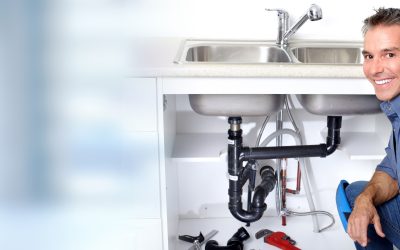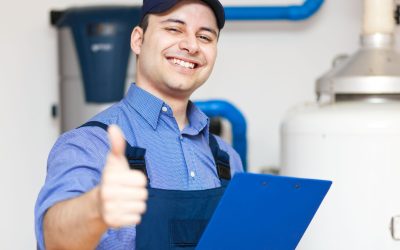A whole house reverse osmosis system offers some of the highest levels of water purification available for residential use. By removing contaminants like chlorine, heavy metals, nitrates, and dissolved solids, it ensures every tap in your home delivers water that’s safe, clean, and great-tasting.
While the benefits are clear, the installation process can be more complex than many homeowners expect. To ensure long-term performance, it’s important to understand the potential challenges and how to address them effectively—especially when choosing the best reverse osmosis system for your needs.
Why Homeowners Choose Whole House Reverse Osmosis
Unlike under-sink or point-of-use units that treat water in just one location, a whole house system purifies all the water entering your home. This means that the water you use for drinking, cooking, bathing, and even laundry is consistently free from contaminants.
Key benefits include:
- Improved taste and odor of water
- Reduced scale buildup in pipes and appliances
- Protection from harmful contaminants found in some municipal or well water supplies
- Peace of mind knowing every faucet delivers purified water
Common Installation Challenges
While a whole house reverse osmosis system offers exceptional results, installing one requires careful planning and professional expertise.
1. Space Requirements
These systems are larger than point-of-use models and require adequate space for the filtration units, storage tanks, and in some cases, additional equipment like a booster pump. Limited utility room space or an awkward plumbing layout can make installation challenging.
Solution: A pre-installation site assessment ensures you have enough room to accommodate the system without interfering with existing appliances or plumbing lines.
2. Water Pressure Concerns
Reverse osmosis systems require a certain amount of incoming water pressure to function effectively. If your water pressure is too low, the system may operate slowly or fail to produce enough purified water for your household.
Solution: Installing a booster pump can improve system efficiency. Many of the best reverse osmosis system designs include built-in pumps to maintain optimal performance.
3. Pre-Filtration Needs
In areas with hard water or high sediment levels, pre-filtration is critical. Without it, the RO membrane can become clogged or damaged, significantly reducing the lifespan of the system.
Solution: Adding a sediment filter, carbon filter, or water softener before the RO unit can protect the membrane and improve overall efficiency.
4. Wastewater Management
Reverse osmosis systems produce wastewater as part of the purification process. Proper drainage must be planned to handle this byproduct without overloading existing plumbing.
Solution: Work with an installer who can route the drain line effectively and, where possible, repurpose reject water for non-potable uses like irrigation.
5. Storage and Flow Rate Limitations
Because the purification process takes time, whole house RO systems often include storage tanks to ensure a steady supply of purified water. If your household uses large volumes of water, you may need multiple tanks or a larger system.
Solution: Choose a system sized for your daily water usage, and consider a pressurized storage tank for consistent water delivery.
Choosing the Best Reverse Osmosis System for Your Home
When evaluating your options, keep these factors in mind:
- System Capacity – Ensure the unit can meet your household’s peak water demands.
- Filter Quality and Stages – Look for multi-stage systems that address specific contaminants in your local water supply.
- Efficiency Rating – Newer models offer better water recovery rates, reducing wastewater.
- Maintenance Requirements – Understand how often filters and membranes need replacement.
- Space and Installation Needs – Match the system’s footprint to your available space.
A reliable plumbing partner like Cure All Plumbing can help you choose a system tailored to your water quality and household needs.
Maintenance Tips for Long-Term Performance
Even the best system will only perform as intended if it’s properly maintained. To keep your whole house reverse osmosis system in peak condition:
- Replace Filters on Schedule – Follow the manufacturer’s recommendations for pre-filters, carbon filters, and membranes.
- Monitor Water Pressure – Ensure the system’s pressure remains within the optimal range.
- Sanitize Annually – Clean and sanitize the system to prevent bacterial growth.
- Check for Leaks – Inspect connections and fittings regularly to prevent water damage.
- Test Water Quality – Periodic testing confirms the system is removing contaminants effectively.
The Bottom Line
A whole-house reverse osmosis system is a powerful solution for homeowners who want the purest possible water throughout their home. While installation can present challenges—such as space limitations, water pressure adjustments, and pre-filtration needs—working with an experienced professional ensures these obstacles are addressed from the start.
By investing in the best reverse osmosis system for your household and maintaining it properly, you can enjoy consistent, high-quality water for years to come.


